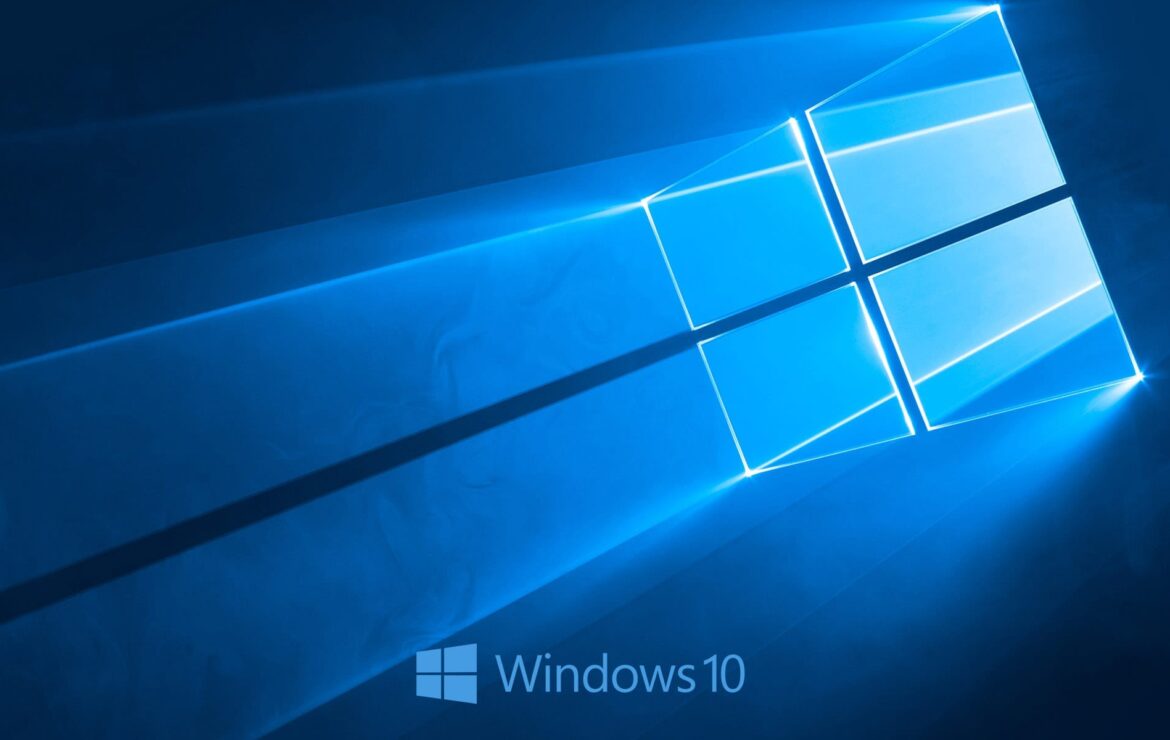
Windows 10 Lifecycle
You may have noticed that Windows 10 is designated with different version numbers like 1611, 1703, 1709, etc. For the most part we think of these incremental updates as feature enhancements and not that important. We think of these as simply feature updates because Microsoft categorizes them as “Feature Updates”. These updates are more than that and have much larger ramifications in your environment. What Microsoft is calling a feature update is really a full in-place OS upgrade. Like any other OS upgrade you need to test your applications and hardware to be sure that everything will work post deployment. These updates could also take a considerable amount of time. More on that later in the article.
Microsoft’s shift to this new “Semi-Annual Channel” model also has a shelf life. At the time of this writing Microsoft has promised to “Service” these Operating Systems for 18 months or 30 months depending on the edition. See chart below. There is an exception to this rule, Long Term Servicing Branch or LTSB, but that is beyond the scope of this article.

https://support.microsoft.com/en-us/help/4462896
What exactly does “Service” mean? You know the monthly updates that Microsoft releases to keep us all safe? Those are considered part of servicing. In some cases, Microsoft will make an exception for major security issues like we have seen with Windows XP security updates but for the most part consider your OS as not getting monthly updates based on the chart above. If your Windows 10 computers are running at the 1511 version (Enterprise or Education) or earlier, you are not receiving the monthly updates and you are putting your environment at risk. The chart below lists the end of service dates for Windows 10 version as of now.

https://support.microsoft.com/en-us/help/13853/windows-lifecycle-fact-sheet
These feature update packs are deployed through the standard Windows Update (UPDATE ASSISTANT) mechanism as well as the Windows Upgrade Assistant. They can also be deployed as stand-alone installations through System Center Configuration Manager or other software deployment tools. These alternative methods become important as they bring advanced validation steps and logging which is important when troubleshooting deployment issues. An important thing to note is that these installations can take 2 hours or more to install on a computer with a spinning disk or 30 – 45 minutes to install on a computer with a Solid-State Drive (SSD). When choosing replacement PCs and laptops for your environment it will be important to select models with SSDs.
If you would like more information on Microsoft’s Lifecycle Policy including Windows 10 LTSB, Office 365, SQL Server and Windows Server feel free to reach out to me or visit the Microsoft Lifecycle Homepage.
ZAG is experienced in Windows 10 deployments. Our mission is to “enable our clients to succeed”. To know more about ZAG Technical Services and the services we offer contact us at 408-383-2000.